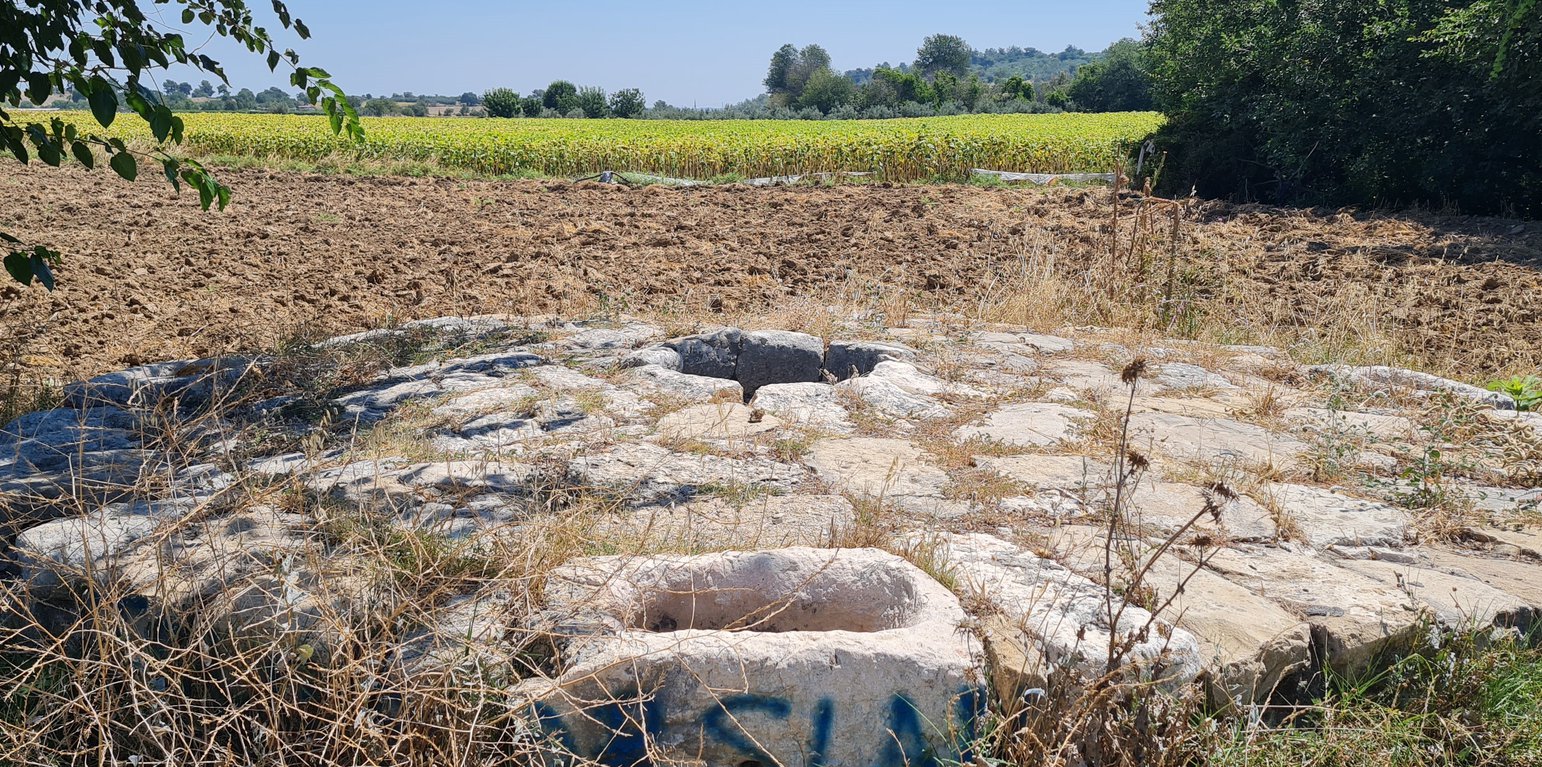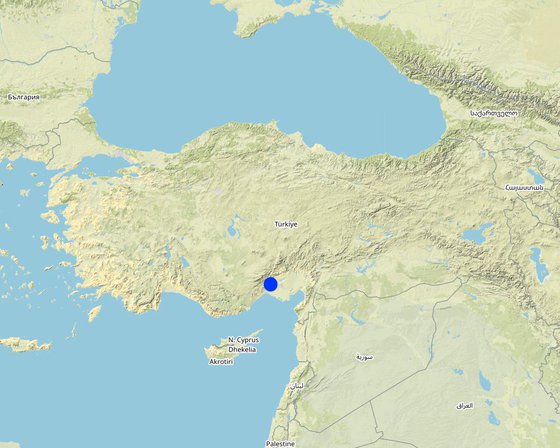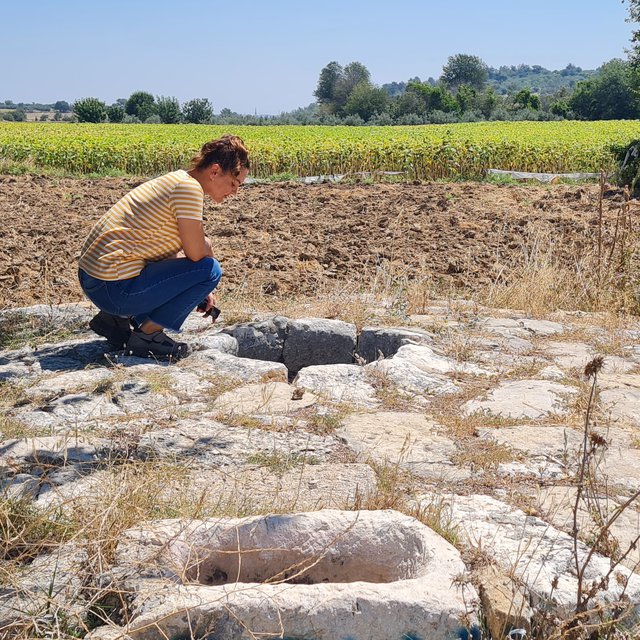



People have lived in Tarsus in the Northern Mediterranean Basin since the Neolithic period, and from that time they have modified their environment by constructing terraces to safeguard against erosion and cisterns to store water. Cisterns were constructed for two purposes: cisterns next to homes were designed for drinking water, and the cisterns in the fields were intended to supply vital supplementary irrigation to Mediterranean crops of figs, carobs, vines, and olives during the driest months of July and August. In the summer, a normal-sized cistern with a water volume of 150 cubic metres (150 tonnes) can supply water to a 1-hectare fig (150 tree.ha-1) or olive orchard (200 tree.ha-1) that are traditionally planted on a slightly inclined field (3-5% slope).
The historical field cisterns, which were built using roman cement to reinforce locally available hard limestone, have an average depth of 14 metres and a maximum diameter of 4 metres, narrowing towards the top like the neck of a bottle. One of the most important features is the design that keeps the water surface at about 2-3 meters below the intake hole. By making sure the water in the reservoirs does not receive sunlight, it is believed that the growth of algae and bacteria would be prevented in the cistern.
The Mediterranean climate forms a home for drought-tolerant crops like figs, grapes, olives and carob. However, by supplying small amounts of water to plants, such as one or two buckets, throughout the driest months of the year, particularly July and August, yields can be significantly increased. Cisterns are also utilized to provide sheep and goats, which have been farmed in the region for a very long time, with water for drinking.
Maintenance is needed to repair structural damage, which can be brought about by shifting stones or weakening of the cement. Additionally, the interior has to be cleaned because it may have been partially filled with stones and branches. Furthermore, certain plants must not be permitted to grow close to the cisterns, particularly figs, as their roots can penetrate the stone and undermine the framework.
Farmers continue to favor the technique since the frequency of droughts in the Mediterranean area is increasing. However, because the maintenance of the cisterns exceeds farmers' capabilities, they request, and receive, repair and cleaning assistance from the municipality.

Localização: Göcük Village, Tarsus, Mediterranean Region, Turkey, Turquia
Nº de sites de tecnologia analisados: 10-100 locais
Difusão da tecnologia: Uniformemente difundida numa área (approx. 100-1.000 km2)
Em uma área permanentemente protegida?: Não
Data da implementação: mais de 50 anos atrás (tradicional)
Tipo de introdução




| Especifique a entrada | Unidade | Quantidade | Custos por unidade (USD) | Custos totais por entrada (USD) | % dos custos arcados pelos usuários da terra |
| Mão-de-obra | |||||
| Municipality staff | 2 | 2,0 | 22,0 | 44,0 | |
| Equipamento | |||||
| Fire brigade truck for cleaning cistern interior | 1 | 1,0 | 50,0 | 50,0 | |
| Material de construção | |||||
| Limestone | 1 | 1,0 | 10,0 | 10,0 | |
| Cement | 1 | 1,0 | 5,0 | 5,0 | |
| Outros | |||||
| Cleaning invasive trees to protect cistern structure | |||||
| Custos totais para a manutenção da tecnologia | 109.0 | ||||
| Custos totais de manutenção da Tecnologia em USD | 109.0 | ||||
Traditional structures had been providing water for more than 2000 years
Supplementary irrigation prevents soil organic matter decomposition